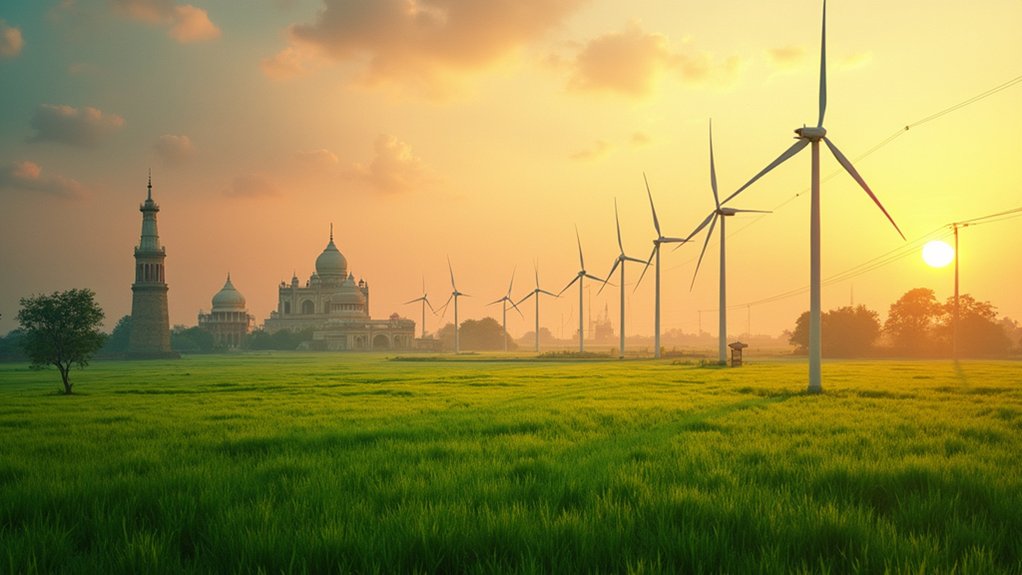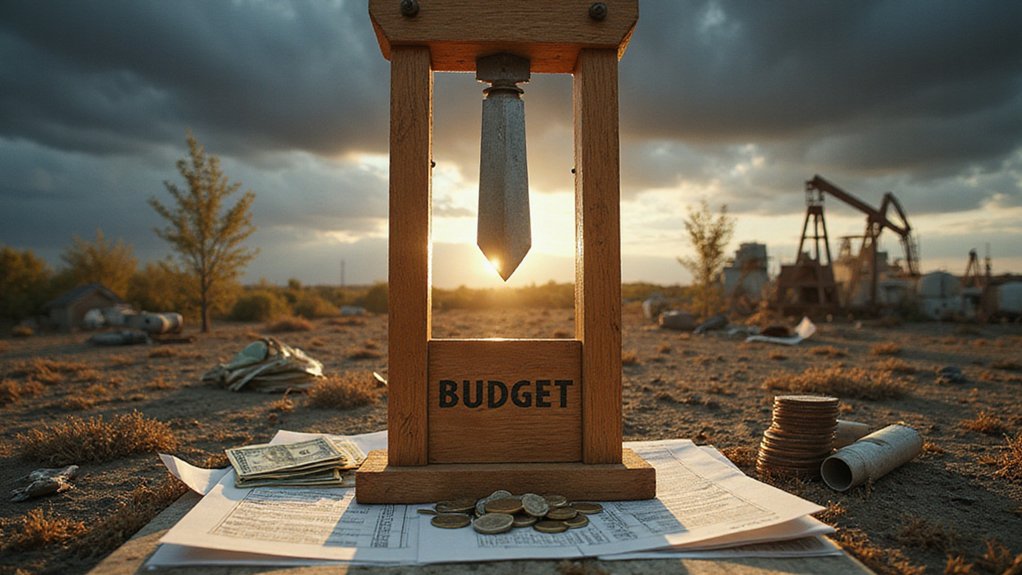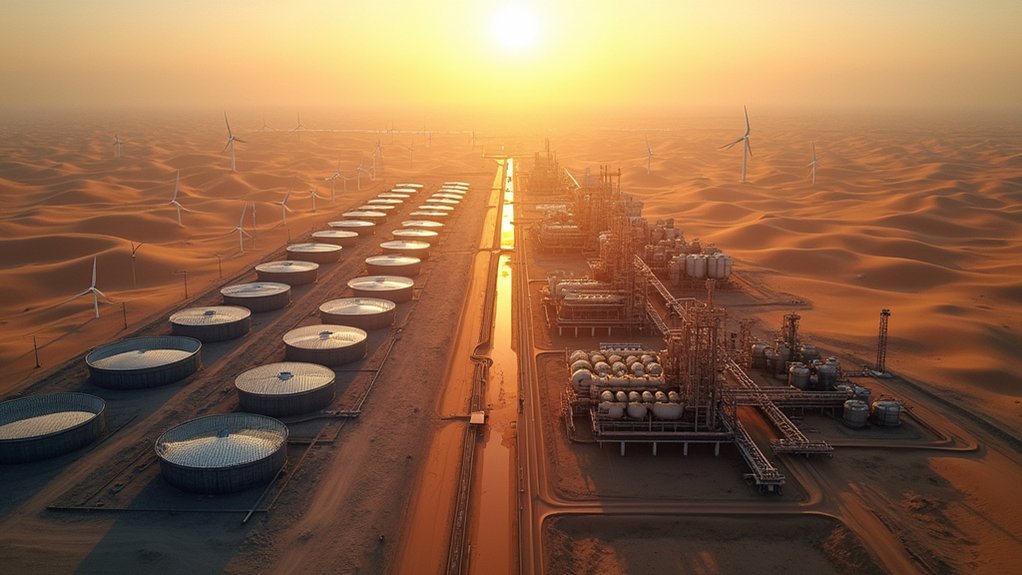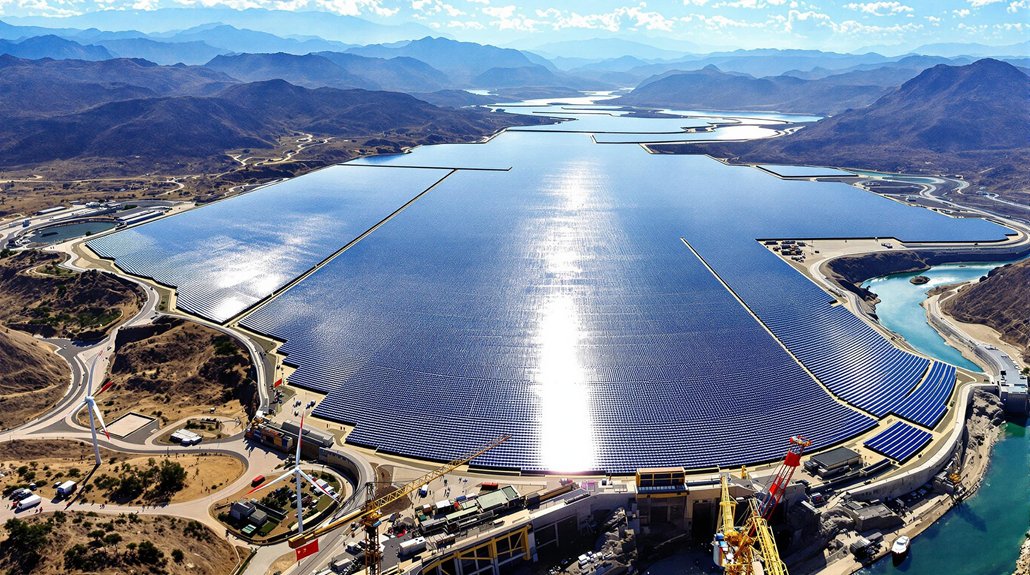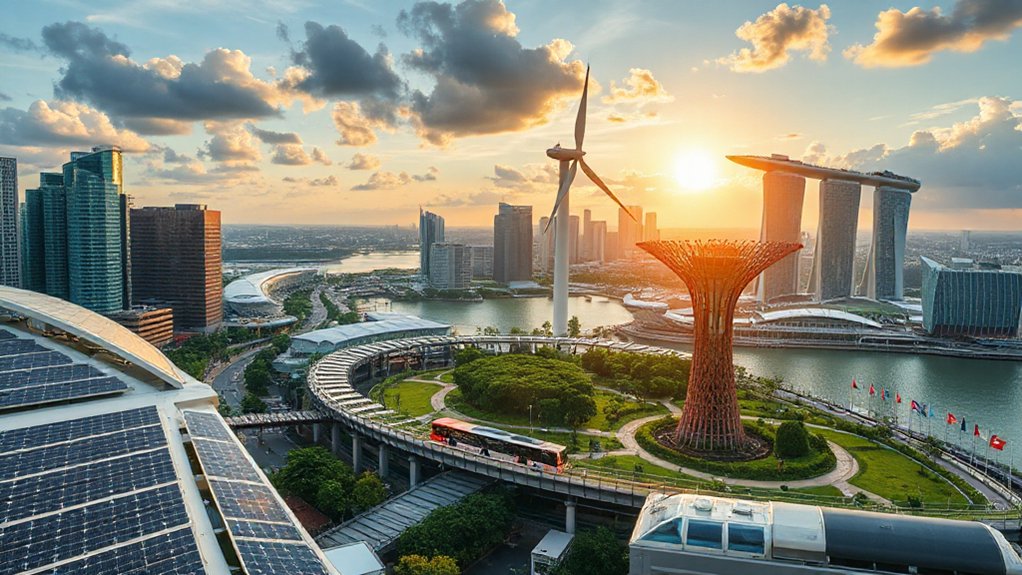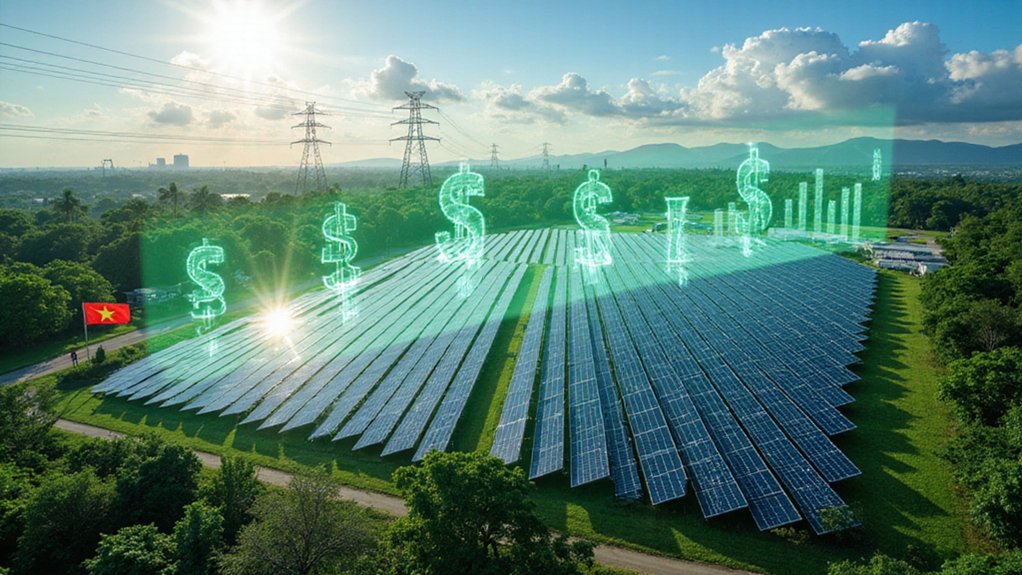India and Denmark renewed their energy partnership with a MoU signed in May 2025, extending cooperation until at least June 2025. The agreement supports India’s 2070 net-zero goal and Denmark’s 2045 target. Denmark’s Green Change Alliance India and Green Fuels Alliance India strengthen collaboration between businesses, governments, and researchers. Several Danish companies like Grundfos and A.P. Møller-Maersk are actively participating. This partnership marks a significant step in the global clean energy transformation.
As India and Denmark push forward with their climate goals, the two nations have strengthened their energy partnership through a renewed Memorandum of Understanding (MoU) signed on May 2, 2025. This agreement, signed by Power Secretary Pankaj Agarwal and Danish Ambassador Rasmus Abildgaard Kristensen, builds on five years of successful collaboration. The original MoU was signed on June 5, 2020, and was set to expire in June 2025. The proactive renewal guarantees ongoing cooperation.
The partnership supports India’s goal to achieve net-zero emissions by 2070, while Denmark aims for the same by 2045. Denmark currently ranks fourth in the global Climate Change Performance Index 2025. Together, they’re working to speed up clean energy shifts and meet their climate targets.
Denmark’s climate leadership and India’s ambitious targets create a powerful alliance accelerating the global transition to clean energy.
Earlier this year, on February 25, Denmark announced the Green Transition Alliance India (GTAI) initiative. This program strengthens collaboration on sustainable energy solutions. The alliance creates connections between businesses, government bodies, research institutions, and financial stakeholders. It builds on the Green Strategic Partnership signed by both countries in 2020.
Denmark also launched the Green Fuels Alliance India (GFAI) to boost joint efforts in sustainable energy. This initiative focuses specifically on developing and implementing green fuel technologies. The GFAI emphasizes Green Hydrogen development as a key focus area for achieving carbon neutrality. Both alliances complement existing cooperation frameworks between the nations.
Several Danish companies have joined these green initiatives. These include Grundfos, Copenhagen Infrastructure Partners, Baettr, Novonesis, MASH Makes, ROCKWOOL and A.P. Møller-Maersk. The Confederation of Danish Industry and Indo-Danish Chamber of Commerce support the alliance as strategic partners. The collaboration aims to rapidly expand wind energy capacity which reached 837 GW globally in 2021.
The renewed MoU places special emphasis on knowledge exchange through expert interactions and joint training sessions. The agreement reinforces the long-standing energy cooperation between India and Denmark through collaborative study tours and capacity building efforts. Study tours between the countries will allow for practical learning and sharing of best practices.
These efforts show how international partnerships can drive progress toward cleaner energy futures and global carbon neutrality.
References
- https://pib.gov.in/PressReleasePage.aspx?PRID=2126235
- https://economictimes.com/news/india/india-denmark-ink-pact-to-strengthen-energy-sector-cooperation/articleshow/120827413.cms
- https://www.mea.gov.in/Portal/ForeignRelation/India-Denmark-2025.pdf
- https://stateofgreen.com/en/news/green-fuels-alliance-india/
- https://indien.um.dk/en/news/denmark-forges-strategic-alliance-for-green-transition-with-india
